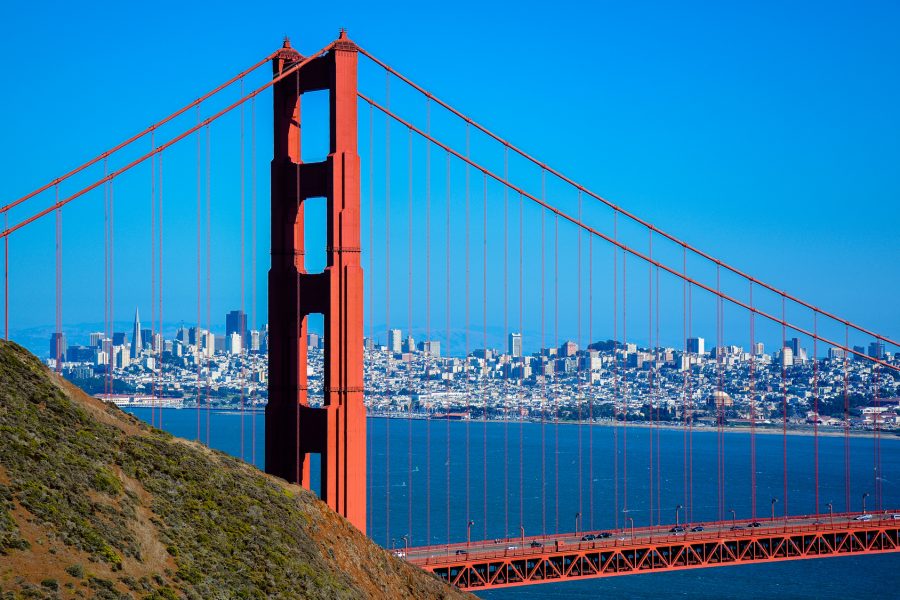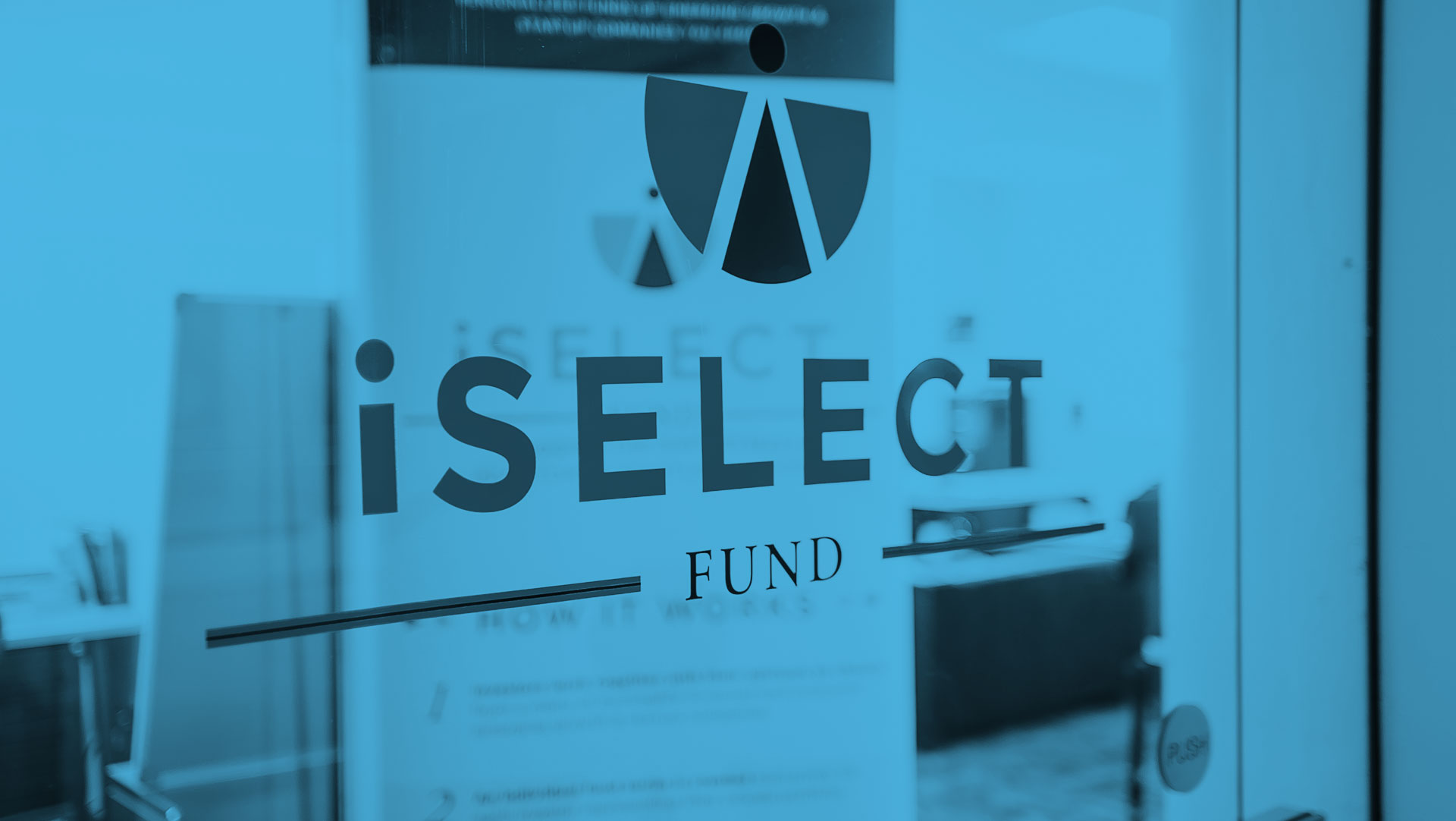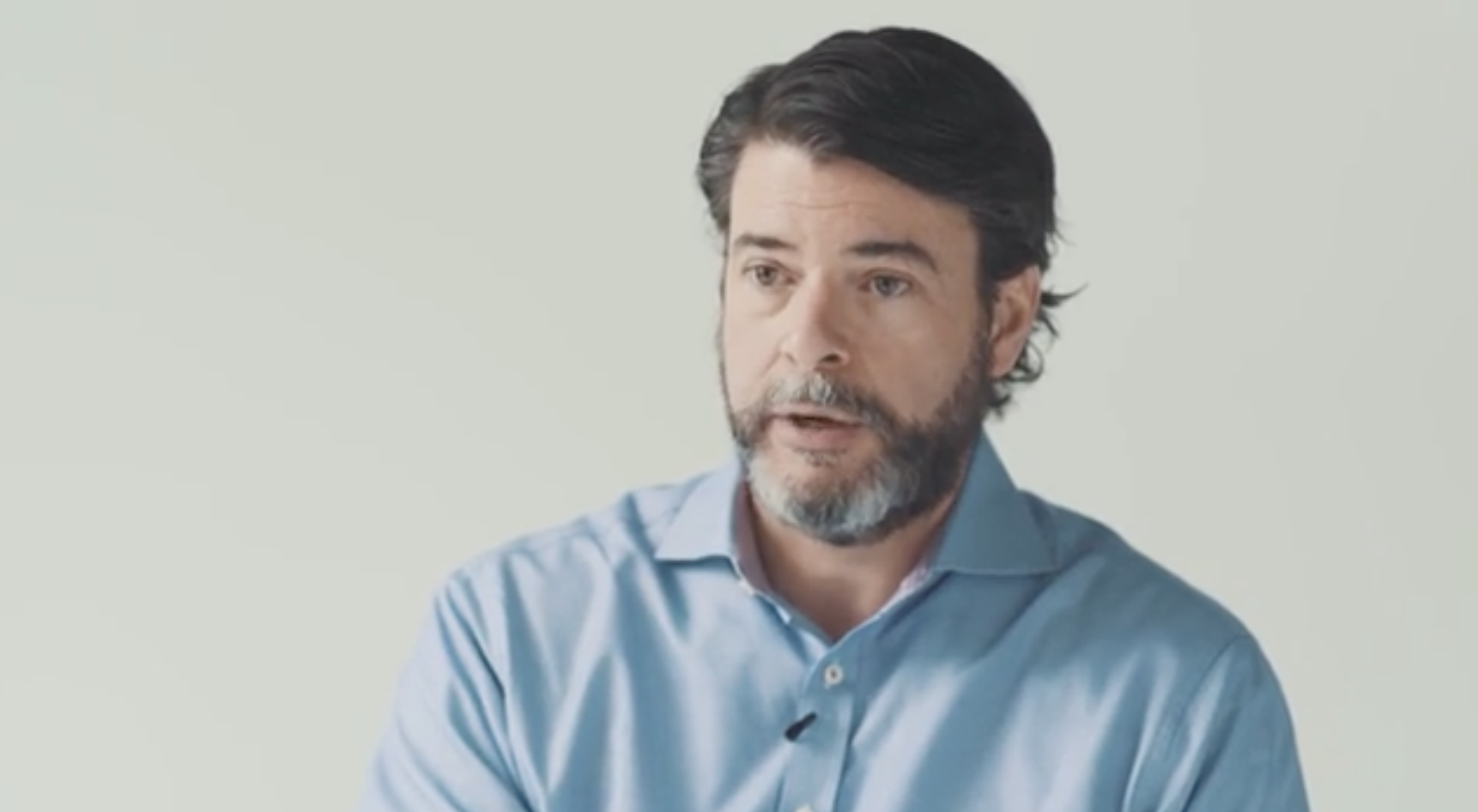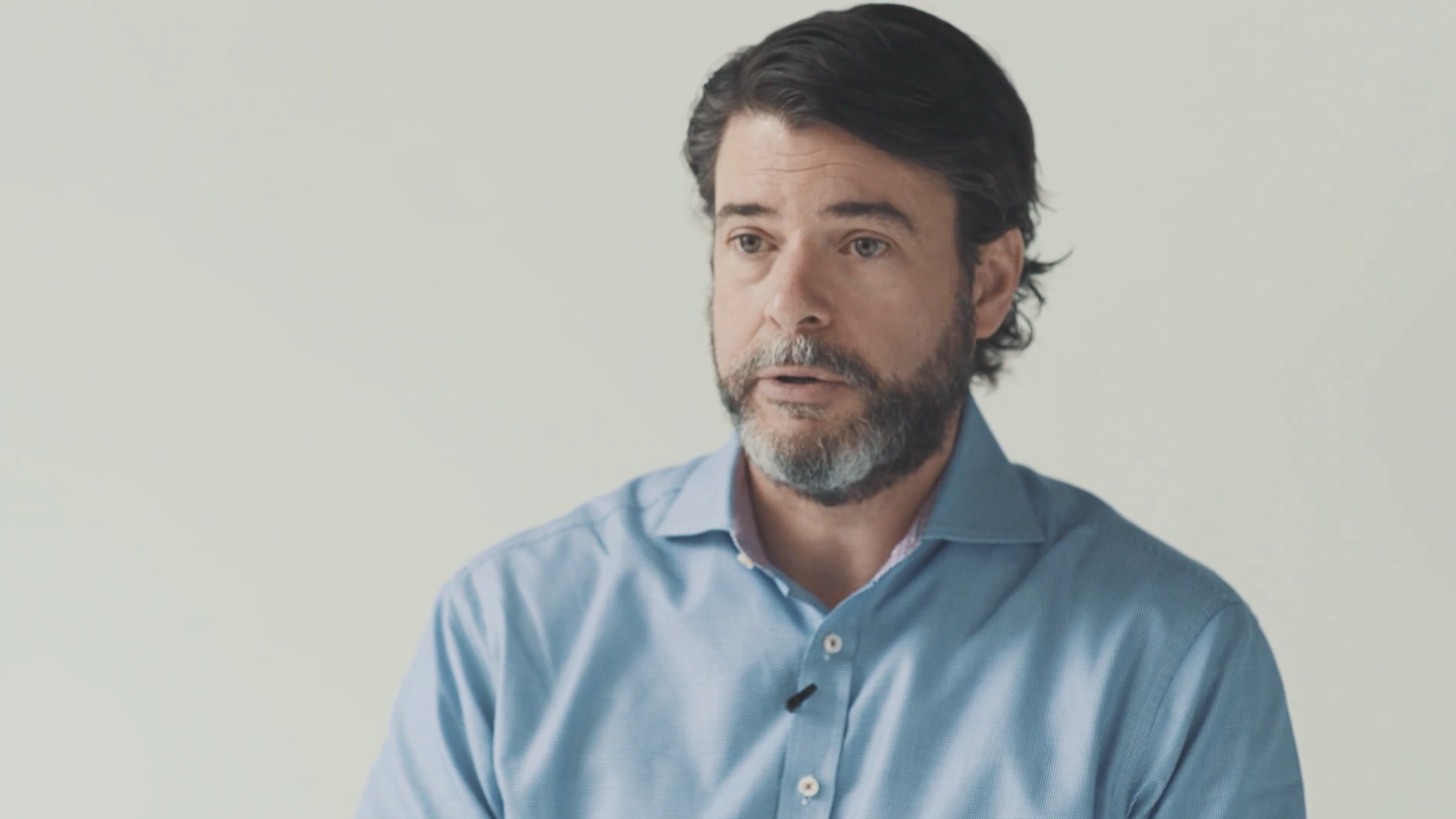Bob Metcalfe is a name that many in our industry know and greatly respect, and for very good reason.
After completing his Ph.D. in computer science at Harvard in the 1970s, Bob co-invented the technology behind Ethernet, went on to found 3Com, and today serves as a general partner with Polaris Venture Partners and is a professor of electrical engineering at The University of Texas in Austin. He even has his own law — dubbed “Metcalfe’s Law” — that states that the value of a telecommunications network is directly proportional to the square of the number of connected users of that system. In short, as networks grow they become increasingly useful and more valuable.
He is, quite literally, one of the founding fathers of the Internet industry as we know it today and someone that I have great respect for.
So, when Bob released a video a few years ago reflecting on the lessons he’s learned from the Internet and applying them to the energy industry, I took notice. We at iSelect are investing in the future of resource efficiency, with a focus on new technologies, so his thoughts directly address a market that we’re watching and are active in every day.
In short, what Metcalfe and his early Internet peers thought would happen with computer networking and how IT infrastructure would evolve was, in fact, the exact opposite of what actually ended up happening. They expected the government to step in at some point and subsidize the Internet as a public good, to take over for the free market in order allow innovation to blossom unencumbered by profit-making concerns. They thought the entire Internet would suffer a “catastrophic collapse” if it wasn’t subsidized.
Accelerating innovation
Of course, that didn’t happen, and we’re all better off for it. Taking this lesson to the energy industry, Bob posits that the best way to accelerate innovation in energy is to make clean energy cheaper than dirty energy, and then let the free market take over.
An issue with government subsidies, whether in IT or energy, is that they suppress the natural forces of innovation that would otherwise drive growth. In fact, with less government intervention the “Greens” would achieve their objectives more quickly, because those companies that are able to reduce the cost of clean energy below the cost of “dirty” energy fastest would garner more of the profits, thereby triggering the law of accelerating returns: “In a free market, as innovation accelerates, it delivers more than expected for less than expected.”
This acceleration occurs because of the associated increase in consumer welfare. We don’t buy a gallon of gasoline at a certain price simply to hold onto that gasoline for later. We buy it so we can drive our car to get groceries, take the kids to school, etc. If a combination of transportation services — such as Uber, electric vehicles, etc — allows us to lower our net cost and accomplish those chores for less than it is costing us to park two cars in our garage today, then we will do more of that and buy less gasoline.
Efficiency mission accomplished.
This pattern exists in all markets, including those that are considering commodity and low growth. The opportunity for innovators, then, is to recast the market by delivering new welfare and services to consumers vs. what they’re using today. What burdens do they face? What opportunities are waiting in those burdens? What is really increasing or decreasing consumer welfare and how can you change that in a way that, over time, can kick in the law of accelerating returns?
In every market, the path to greater GDP, job growth, family happiness, independence, smaller government, and liberty is triggering the law of accelerating returns. Identifying and supporting those opportunities is what we’re doing at iSelect every day. Join us.






